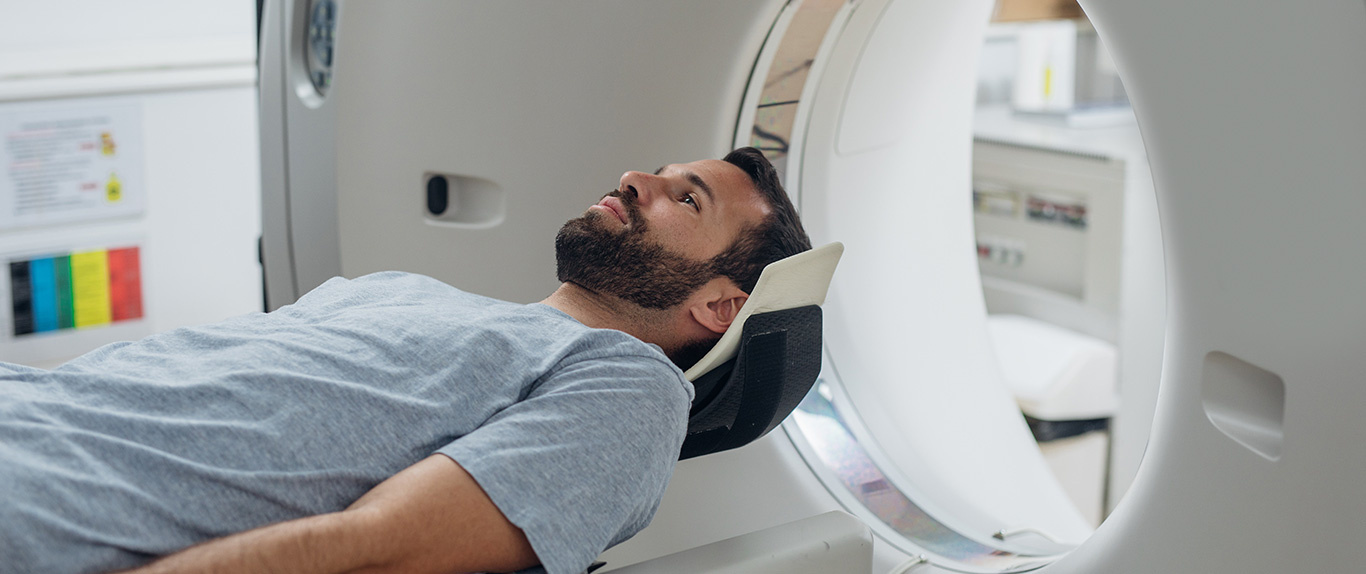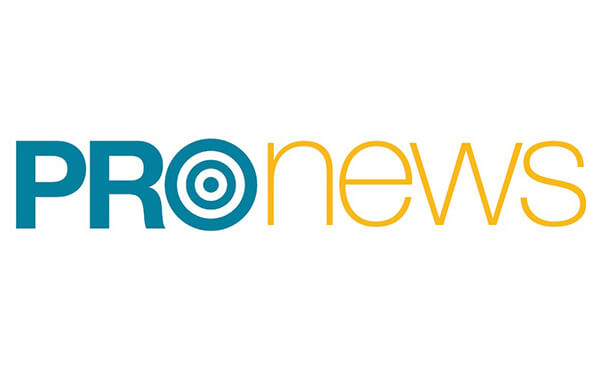Positron Emission Tomography And Computed Tomography (PET-CT) Scans:
PET-CT is a well-established diagnostic tool for cancer where radiolabelled PET radiotracers, most commonly 18F-Fluoro-2 deoxyglucose (18F-FDG), a radioactive sugar molecule is injected into the patient. Cancer cells metabolize sugar at higher rates than normal cells and a PET-CT scan helps the physicians to understand if the tumour within the body is cancerous or not. The PET-CT study provides information regarding the stage of the disease, so that appropriate management such as surgery or chemotherapy or radiation therapy can be advised, as deemed appropriate.
The scan uses a special dye containing radioactive tracers (Isotope labelled Glucose molecules). These tracers are either swallowed, inhaled, or injected into a vein in the arm depending on what part of the body is being examined. Certain organs and tissues then absorb the tracer. When detected by a PET scanner, the tracers let the doctor see how well the organs and tissues are working. The tracer will collect in areas of higher chemical activity, which is helpful because certain tissues of the body, and certain diseases, have a higher level of chemical activity. These areas of disease will show up as bright spots on the PET scan
Apollo Proton Cancer Centre is equipped with the new age 64 slice Siemens Biograph Vision, the first Digital PET-CT scanner in South East Asia. The FDG-PET-CT in the Apollo Proton Cancer Centre can also help in the early detection of tumour recurrence. PET-CT scans are now increasingly being used for monitoring treatment response across various malignancies, which will be able to monitor the effects of therapy and change the same in case the patient does not respond to it.
Advantages of PET-CT Scan:
- Early detection of disease before the appearance of structural changes.
- Accurate staging and restaging of cancers.
- Simultaneous contrast-enhanced 64 slices whole-body CT with metabolic information.
- Quantification of tumour metabolism before and after treatment.
- Metabolic grading of tumours and prognostication.
- Safe for use in patients with chronic kidney disease, metallic implants, pacemakers, etc.
Patient-Centric Features:
- Wide gantry bore size (78 cms): accommodates larger patients.
- Short gantry tunnel (136 cms): improves patient comfort and facilitates patient positioning.
- Zero deflection of the bed between PET and CT fields of view: the smooth motion of the patient throughout the procedure.
- Higher weight-bearing capacity: Upto 227-kgs
Special Features:
The most advanced crystal in India with digital detectors with the ability to provide;
- Highest sensitivity: Reduces scan time and injected dose, improves patient throughput, and reduced radiation exposure in patients.
- Best in the industry resolution: Can detect small lesions and impact early evaluation of treatment response.
- Fastest time of flight technology (214 ps): Improves contrast and signal to noise ratio.
- Flowmotion and multi-parametric PET imaging: enables absolute quantification compared to SUV alone. Enables whole-body dynamic images.
- Fast reproduction from original data.
- 4DCT for respiratory gating: For accurate radiation therapy planning.

Winning over Cancer with Apollo Proton Cancer Centre
A breakthrough in Cancer Care! The global growing cancer burden tells an ominous tale. To counter this growing threat, Apollo Proton Cancer Centre provides a complete and comprehensive solution. As cancer care has become one of the fastest-growing healthcare imperatives across the world, we believe it is critical to redefine our purpose, to reboot our commitment on the single-minded focus - to battle cancer, to conquer cancer! APCC stands as a ray of hope for millions, infusing them with the courage to stand and stare cancer down.

Copyright © 2023 Apollo Proton Cancer Centre. All Rights Reserved





